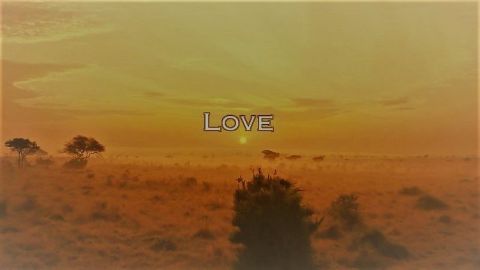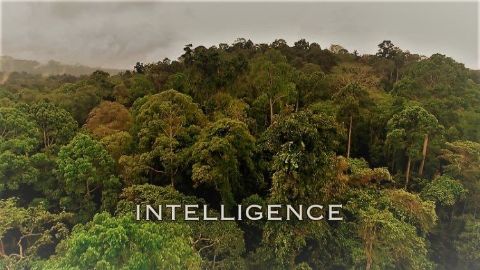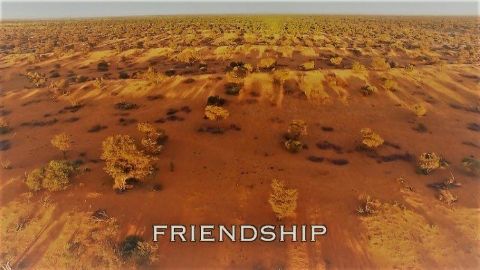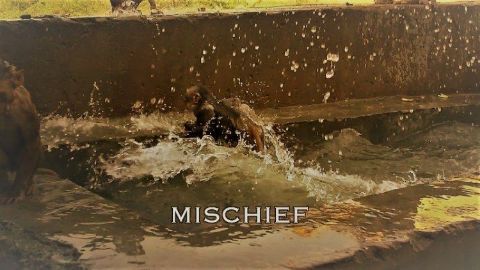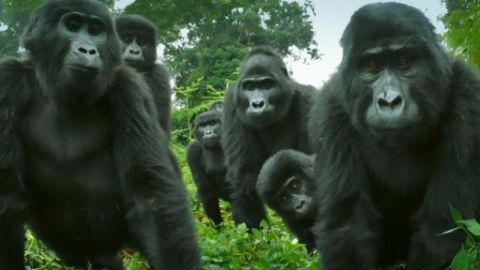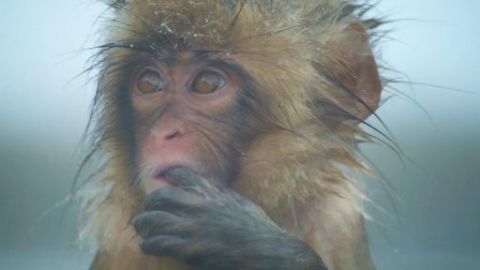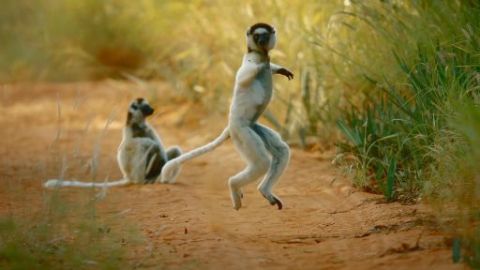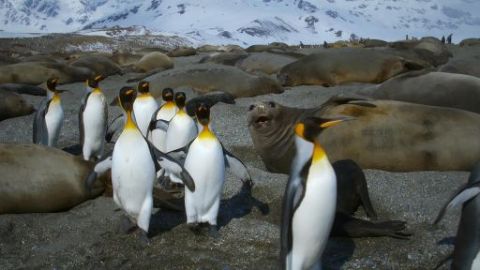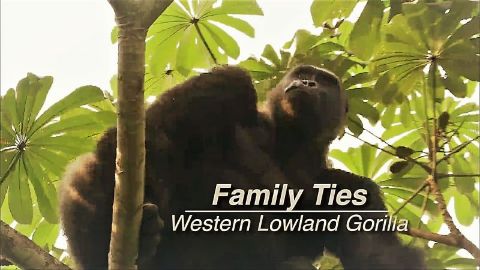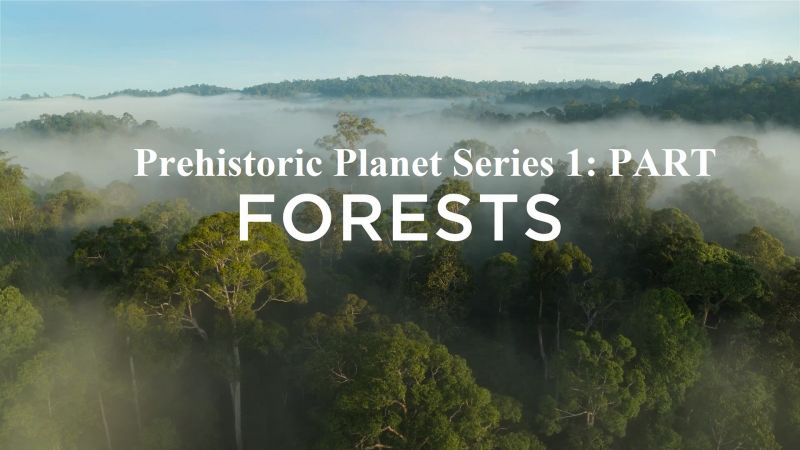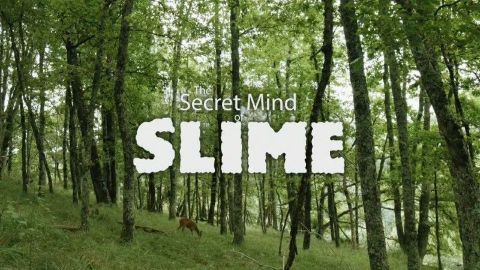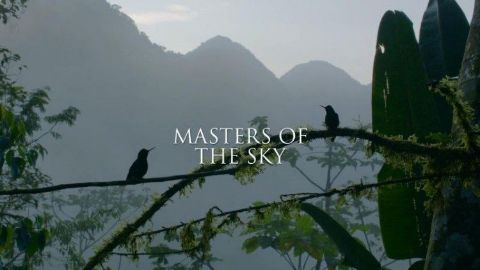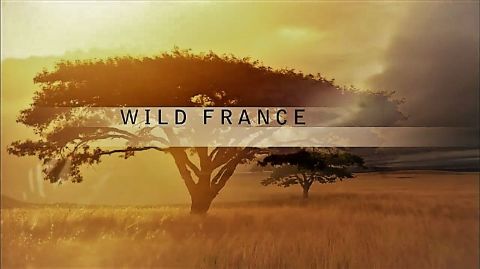Friendship • 2017 • episode "S1E3" • Spy in the Wild
The undercover cameras reveal how animals rely upon each other for a range of activities. Arctic wolves group together to survive in one of the harshest landscapes on earth, a band of hungry mongoose groom warthogs for tasty morsels - before turning their attention to Spy Warthog - and fish help clean hippos' bodies, as well as providing a unique dental service. Meanwhile, crocodiles and dikkop birds take part in a mutual neighbourhood watch against hungry prowling monitor lizards, and Spy Rattlesnake captures how prairie dogs and burrowing owls use their language skills to tell the rest of their community of approaching danger.
Make a donation
Buy a brother a hot coffee? Or a cold beer?
Hope you're finding these documentaries fascinating and eye-opening. It's just me, working hard behind the scenes to bring you this enriching content.
Running and maintaining a website like this takes time and resources. That's why I'm reaching out to you. If you appreciate what I do and would like to support my efforts, would you consider "buying me a coffee"?
Donation addresses
BTC: bc1q8ldskxh4x9qnddhcrgcun8rtvddeldm2a07r2v
ETH: 0x5CCAAA1afc5c5D814129d99277dDb5A979672116
With your donation through , you can show your appreciation and help me keep this project going. Every contribution, no matter how small, makes a significant impact. It goes directly towards covering server costs.
